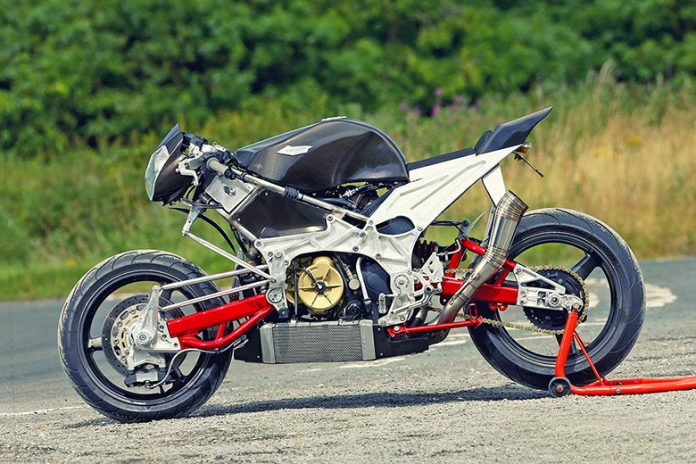For every excellent motorcycle concept (fairings, disc brakes), there have unfortunately been some evil ones (roofed motorcycles, inboard discs). It’s just natural; after all, it’s the ying and yang of life.
Still, with Harley-Davidson about to release the Pan America, the first adventure bike, a vehicle based on the skills and expertise of, at best, the Buell Ulysees, it got us thinking: What are the worst motorcycle ideas ever?
A lousy motorcycle isn’t the result of a bad idea. Motorcycling, especially Honda, has a long history of flawed ideas that have been made acceptable – or at least passable – by genius engineering. After all, who in their right mind believes oval pistons or a turbo CX500 are brilliant ideas? Honda’s tenacious brilliance was the only thing that (almost) made them work.
So, what other ‘worst inventions’ have motorcycle makers pushed down our throats over the years? Here are our Top Ten Weird Ideas in Motorcycling History. I’m sorry, this is the worst.
Top Ten Weird Ideas in Motorcycling History – Top Rated
10. Split indicator switches
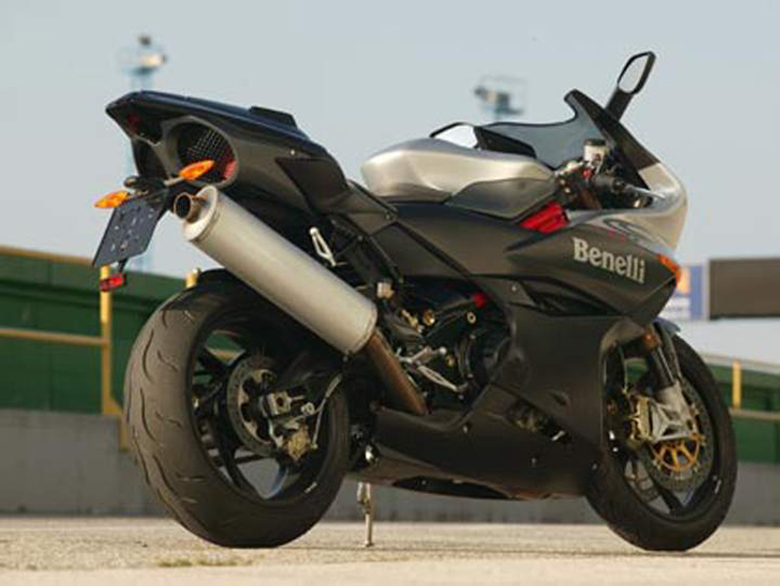
Most bike settings have evolved to universal conventions after more than a century of motorcycling: a right-hand twist-grip throttle, a left-foot gear change, and a left thumb toggle switch for indications. Ah.
After that, there’s BMW.
With its K100 in the early 1980s, the Bavarian marque not only reinvented the straight four (‘let’s mount it longitudinally, not transversely!’) but also ‘reinvented’ motorcycle switchgear. They have changed the indicator toggle by replacing one switch with three separate buttons: left and right ‘on’ controls on the left and right switch pods, respectively.
It worked fine once you got used to it, and many owners were very loyal. However, ‘three instead of one’ was rather ‘Heath-Robinson,’ out of the ordinary and unable to succeed. The fact that it did so before 2008 was terrific.
Oh, and by the way, Harley’s two-button mechanism (one on each handlebar) hasn’t gone unnoticed and isn’t any easier.
9. Underseat exhausts
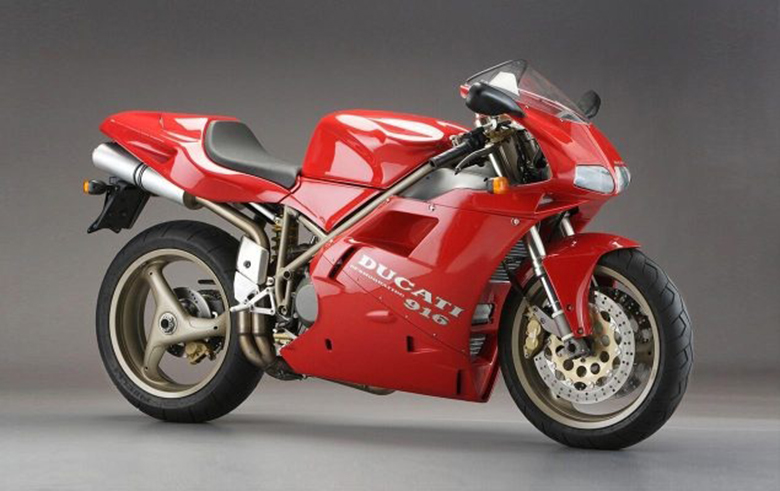
The NR750 is to blame. Honda’s oval-pistoned blunder was a problem of insane innovation, but it was also so advanced, ambitious, and attractive that it spawned a slew of knockoffs.
Between 1995 and 2008, nearly every sports bike had under-seat exhaust pipes, thanks to the NR’s sultry under-seat lines and the stunning Ducati 916’s. And we have no idea why. Some of them didn’t even look fine (Ducati 999, Yamaha FZ6).
It was clear why they were terrible: widespread decentralization, complex routing, lack of under-seat storage, hot saddles, and so on. However, there were few positives (easier to fit panniers). However, we can’t ignore the allure of the NR and 916.
8. Single-sided swing-arms
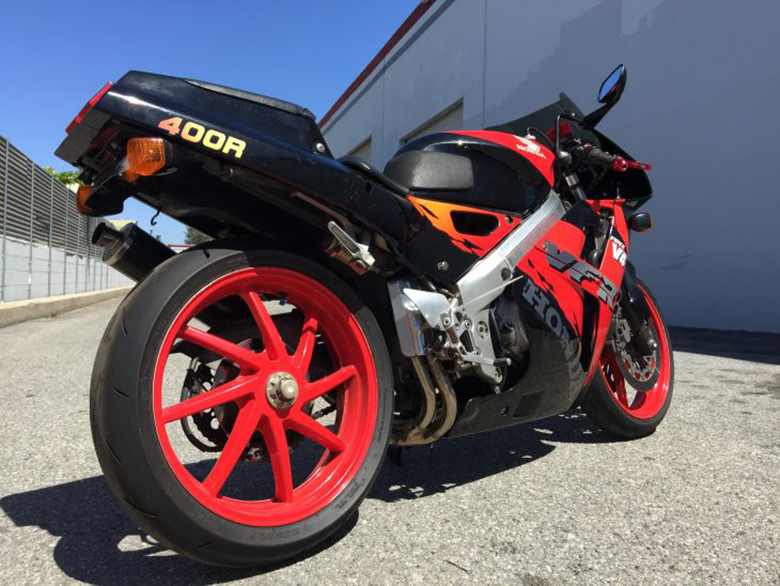
Another bad idea that often happens to be very successful. An RC30-style single-sided swingarm makes little sense from an engineering standpoint. To make the physics work, they have to be complex and robust. After all, that’s why Ducati switched from the single-swinger of the 916 to the dual-arm of the 999.
However, it has some appeal in endurance racing to speed rear wheel switches (which the RC30 was designed in the first place), and they look simply fantastic. That’s why single-sided swingers can still be seen on Ducatis, Kawasakis, and other motorcycles today.
7. Inboard disc brakes
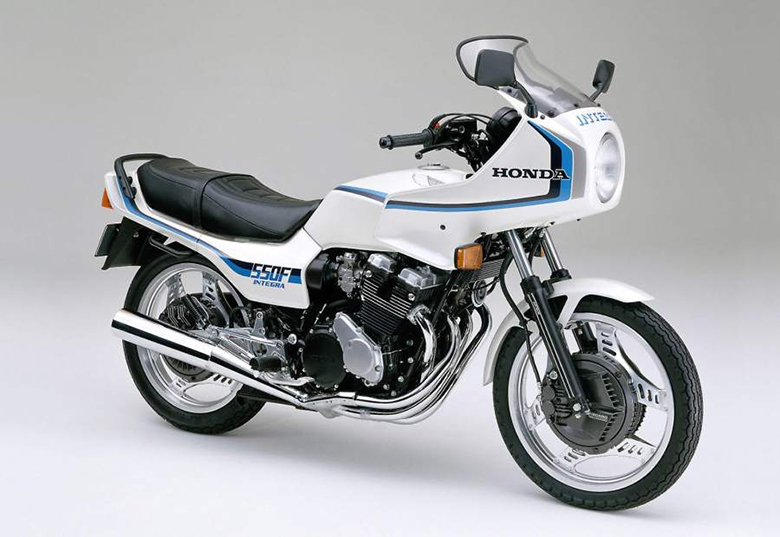
Can you recall Honda’s CBX550 from 1982? Perhaps the VF400F? If you do, you’re not thinking of the former’s raging four-cylinder results, which served as a forerunner to the 600 Supersports that followed. Or the latter’s genius V4, one of Honda’s first forays into the format before the VFR750’s greatness.
Instead, you’re perhaps reminded of Honda’s brief obsession with so-called “Inboard Ventilated Disc Brakes,” a shrouded front disc brake device that appeared to boost wet weather braking but was a blunder vulnerable to overheating and a nightmare to operate. Within two years, Honda had realized this and had abandoned the project.
6. ‘Roofed’ motorcycles
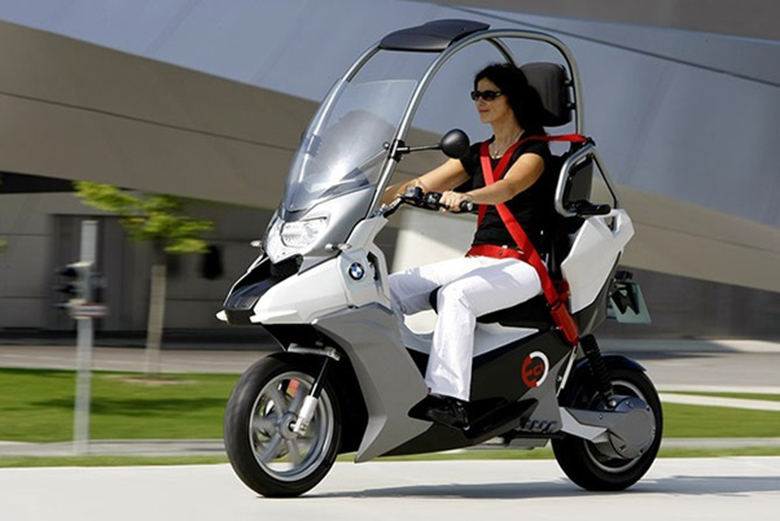
Yes, we’re primarily speaking about BMW’s groundbreaking C1 – but it wasn’t the only one. The C1 was a clever innovation that performed well. It was essentially a passenger with a car-style ‘safety cage with seat belts and a sturdy canopy that was not only weatherproof but also eliminated the need for a crash helmet in certain countries.
Unfortunately, the 125cc version was heavy and sluggish (a 200cc understanding was better), UK law demanded a helmet, and expensive. As a result, sales were dramatically slow, and the C1 was phased out only two years after its introduction in 2002.
Today, though, it’s a standard used to purchase and regarded as a revolutionary classic. The Benelli Adiva, which debuted in 2001 and looked identical to the C1 but lacked the BMW’s crash safety favoring a ‘convertible’ top, was an alternate take on the concept. It was produced until 2006 when it was discontinued.
5. ‘Feet forward’ machines
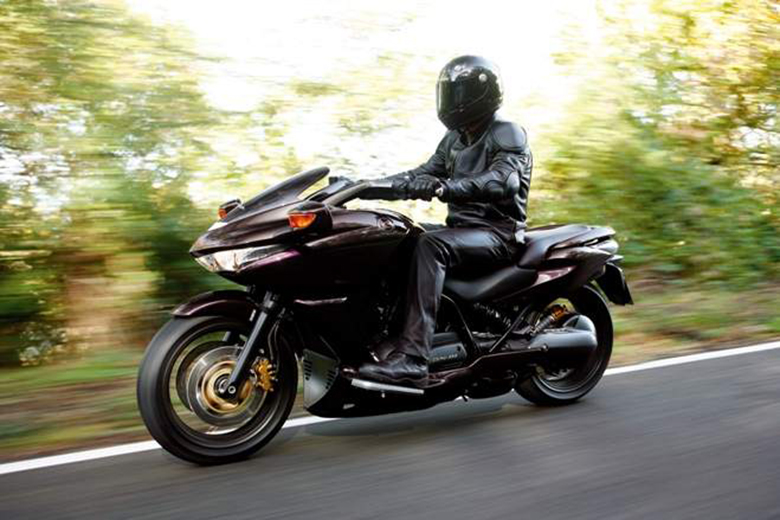
Another point of contention, precisely because, despite the machines’ market shortcomings, there are so many supporters and followers of the breed who swear by its success. They’re all fools and delusion. Of course, we’re talking about something like the Quasar from the 1970s and the Voyager from the 1990s, but there are plenty more.
The basic concept remains the same: a low-slung two-wheeler with a ‘feet forward’ riding stance, hub-centered steering, and, in many cases, car-style weather safety and luggage power. The result was futuristic, had some appeal straight, and cut smooth curves on A-roads often.
4. Turbos
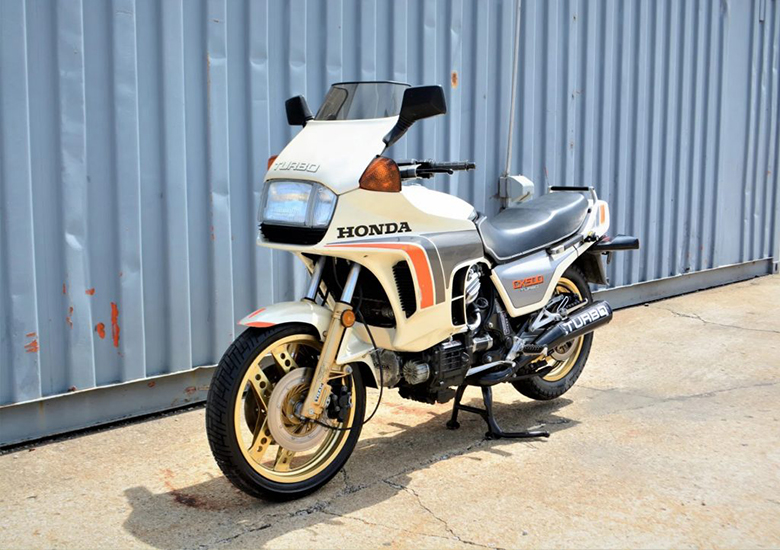
Have you noted how popular turbochargers have been on motorcycles? Well, exactly. While exhaust-driven, induction-pressurizing turbines have proven hugely common in vehicles, improving the top end of otherwise slow but inexpensive diesel and increasing the efficiency of small-engined city cars, no benefit extends to lightweight bikes – but it could in the future as emissions regulations tighten.
Of course, the motorcycle world briefly went ‘turbo crazy’ in the early to mid-1980s, with Honda first making the CX500 and then the 650 Turbo, followed by Yamaha’s XJ650T, Suzuki’s XN85, and Kawasaki’s GPz750T.
3. Rotary engines
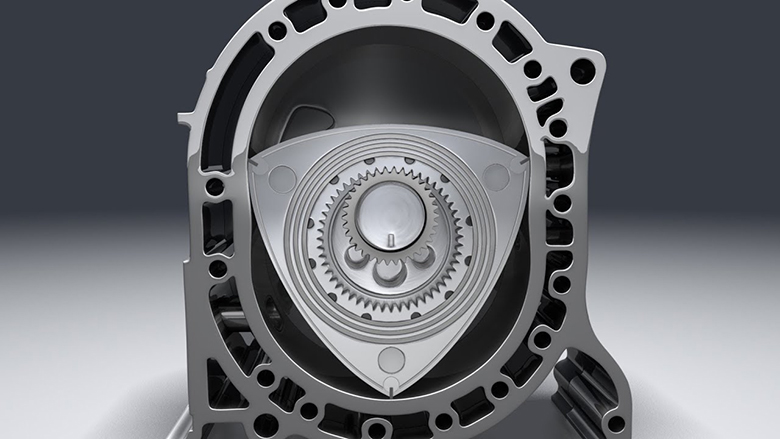
Yes, we all fondly recall the early 1990s Norton rotary racers: the black and gold ‘evil empire’ that briefly blitzed British racing with their fire-spitting 588cc twin-rotor machines in the hands of Trevor Nation, Steve Spray, Terry Rymer, and others.
But let’s be clear: they weren’t 588cc (measuring swept power has always been an issue with rotary engines); their efficiency, though blistering, was unsuited to the road and vulnerable to overheating; and they were thirsty, inefficient, and “dirty” in terms of pollution. Following the RE5 fiasco in the mid-1970s, Suzuki understands this.
2. Hub-centre steering
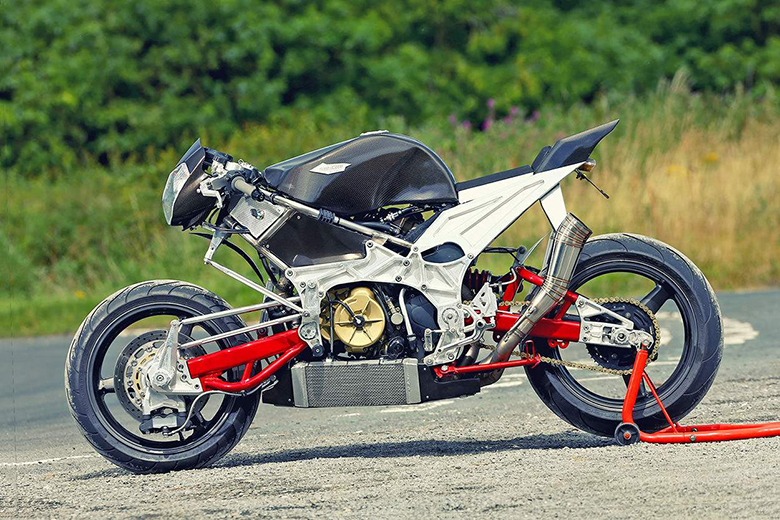
Yes, the continued usage of telescopic forks on traditional motorcycles is anathema: it’s old-fashioned,’ bicycle’ technology that, counter-intuitively, incorporates the steering and suspension functions in the same piece. But they work, and they work brilliantly, thanks to decades of progress and clever technology.
The problem is that perplexed by the “combined feature” paradox, many scientists have tried over so many years to come up with a better system, with hub-center being the most prominent example. Bimota has been harping on about its Tesi for years (and probably shouldn’t have). Yamaha attempted it with its catastrophic GTS1000, and Bimota has been harping on about its Tesi for years (and probably shouldn’t have). The rationale of separating functions is undeniable, as it eliminates suspension-compromising fork dive under braking and all the unexpected geometry improvements that come with it.
1. Oval piston
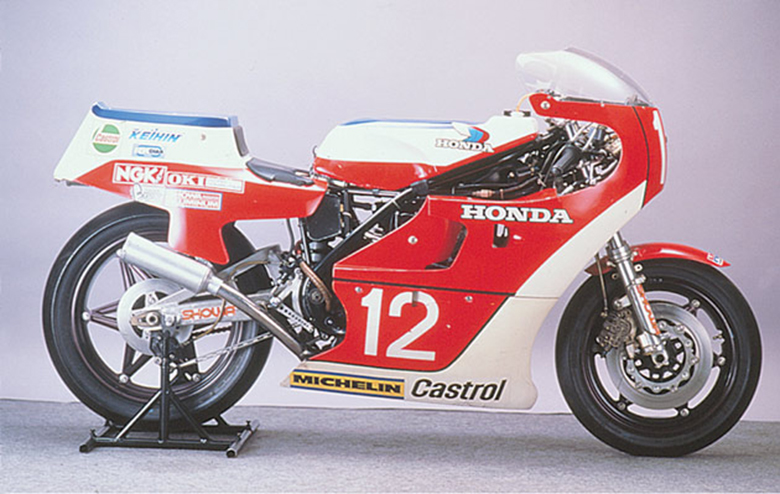
The oval pistons on the Honda NR are without a doubt the most definitively “wrong” concept in motorcycle design. Isn’t suggesting square wheels the only way you could be more obtuse or counter-intuitive? But, despite its limited popularity, it is indeed remarkable, and the tale of its production is fascinating.
Honda’s response, after deciding to return to 500 GP racing in the late 1970s, but determined to compete with its preferred four-strokes against Yamaha and Suzuki’s dominant two-strokes. It was to effectively create a ‘V8′ (with the extra valves and combustion area that comes with it) but in ‘V4′ form – by mating paisley cylinders.
Although faulty and unreliable (most infamously blowing up before the first corner at the British Grand Prix at Silverstone), what’s most impressive is that Honda managed to get the NR500 to work at all, given the inherent problems of piston ring sealing and so on.
Top Ten Weird Ideas in Motorcycling History – Top List
| Sr. # | Top Ten Weird Ideas in Motorcycling History |
|---|---|
| 1 | Oval piston |
| 2 | Hub-centre steering |
| 3 | Rotary engines |
| 4 | Turbos |
| 5 | ‘Feet forward’ machines |
| 6 | ‘Roofed’ motorcycles |
| 7 | Inboard disc brakes |
| 8 | Single-sided swing-arms |
| 9 | Underseat exhausts |
| 10 | Split indicator switches |
Conclusion
In the end, team Bikes Catalog would say that a there is a good idea behind the success of every motorcycle, sometimes, its impressive design and most of the time most demanding need of customers. Our article provides those worst ideas or worst innovations that were useless and still; have no implications.

